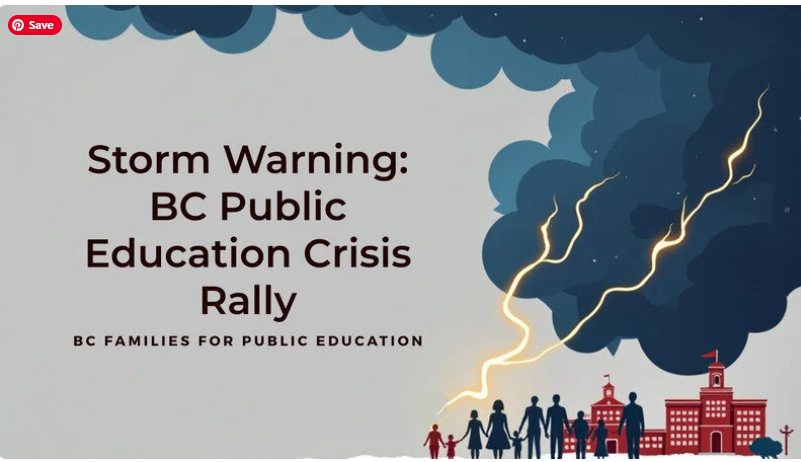There is one part of “inclusion” that worries me.
You can be in a room with 100 people and feel utterly alone.
Depending on the type of disability you have, you may not meet someone with the same disability as you until you are an adult.
Just because you are in the same room with a bunch of people, doesn’t mean you feel like you belong there. That you are accepted. Hell…it doesn’t even mean you’ll be tolerated.
Growing up with other people who don’t have anything in common with you, at the core, and experience life differently… is bizarre. It’s like watching a movie.
People with rare diseases will travel halfway around the world just to be in the same space as someone else so they can talk about everything they are experiencing and have someone say the words “me too!”.
There is a reason humans have such a strong desire to be around other people who mirror similar elements to themselves. We feel seen. Understood. Real.
Inclusion as a concept is great. Fully support it.
However….
This is one flaw that I really don’t like.
The one good thing about grouping people with similar characteristics together is that they get to meet other people just like them, and those friendships and bonds are stronger than anything else.
Kids in gifted programs will report that they finally meet other kids who are just like them, and they feel “normal” for the first time. Educate Deaf children together and we have the learning of American Sign Language, Deaf culture and a community. At stuttering conferences, many report that meeting other people who stutter is soul-saving.
Inclusion spreads people out, and those bonds are not connecting. Under the concept of inclusion, how are we going to meet each other?
If you are neurodivergent, ask yourself… how many of your friends are also neurodivergent?
I can tell you, I already know the answer. Your closest friends, you will say, all of them are neurodivergent. And I bet you, as an adult, meeting other people just like you and talking about your experiences has been part of your healing process and becoming comfortable in your skin.
If kids are spread out like a dropped clump of marbles in the education system, rolling out in all directions, how are they going to meet and have friendships with other kids that they can see themselves in? They won’t.
That makes my heart sink.
So, how can we have both?
How can we connect kids with each other and still give them an inclusive education?
CLUBS!?
What else can we do?
Some districts are closing their gifted programs. Are there other ways we can bring gifted kids together?
We need to figure out something. People with disabilities shouldn’t have to wait until they are adults to meet other people who are just like them. That is incredibly isolating.
The first time I met someone who stuttered, I realized we had more in common than the friends I grew up with. And my friends were the same gender as me, the same age, had the same teachers, grew up in the same neighbourhood. Yet, this person who I just met 5 min ago who stuttered, who was not my gender, not in my generation, from another country, we could say “me too” for the first time.
People who don’t have disabilities or who are neurotypical don’t realize this part. Just how important it is. You all get to see yourselves in another human being every time you leave your home and enter society.
A lot of us connect over the internet, Zoom into support groups, and gather at conferences.
In order for inclusion not to have its dark side, we need to figure out how to still connect kids and not just have them all spread out like a dropped clump of marbles.
![]()
![]()
![]()
![]()
![]()
![]()
![]()
![]()
![]()
![]()
![]() on what is happening at the Teacher’s Regulation Branch (Professional Conduct Unit)
on what is happening at the Teacher’s Regulation Branch (Professional Conduct Unit)
